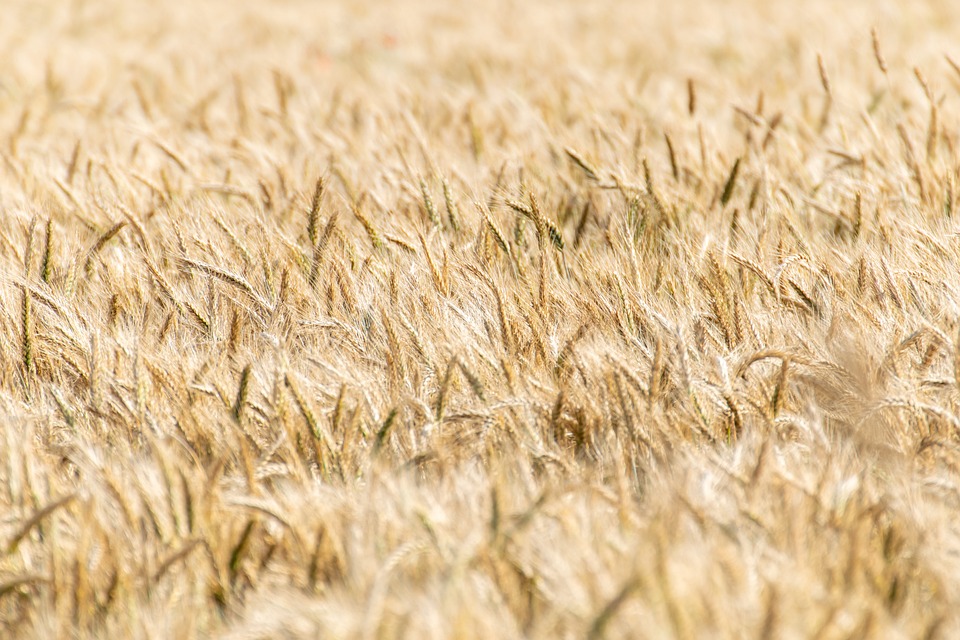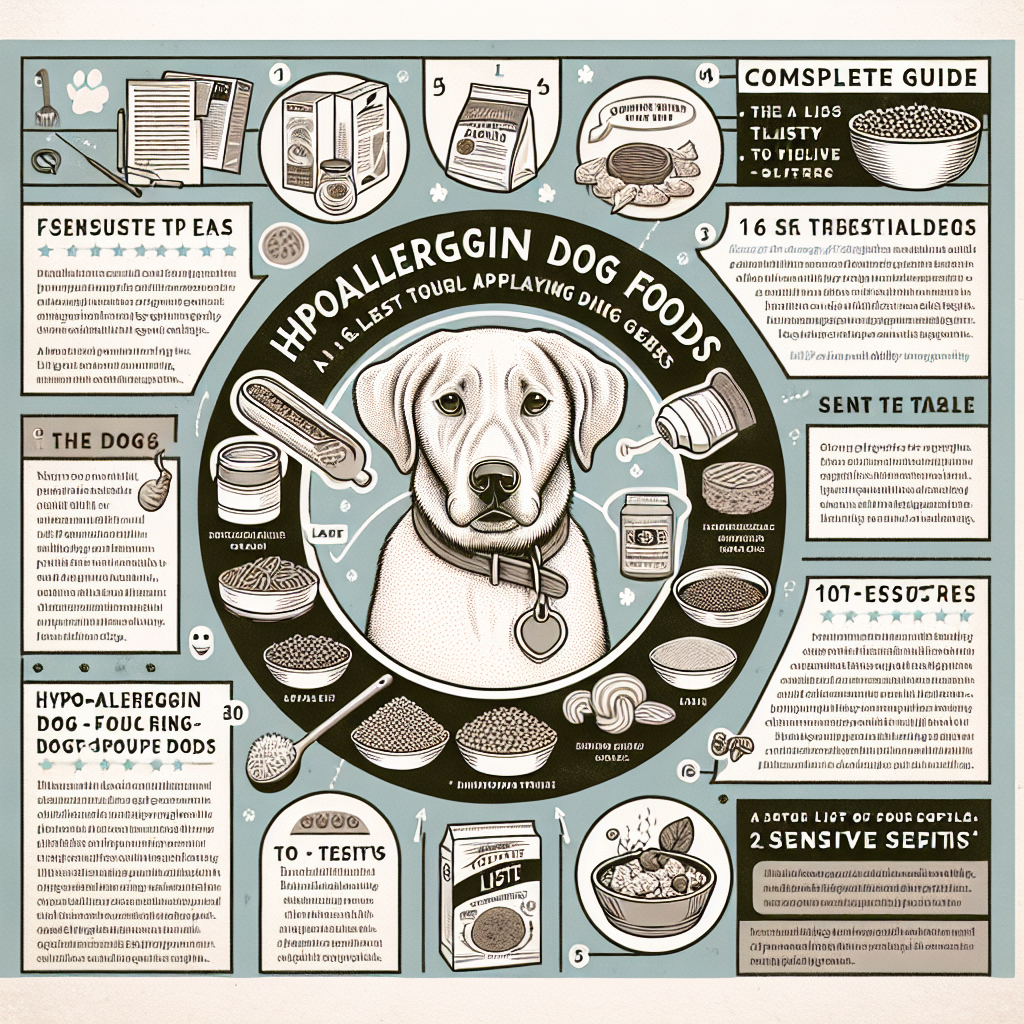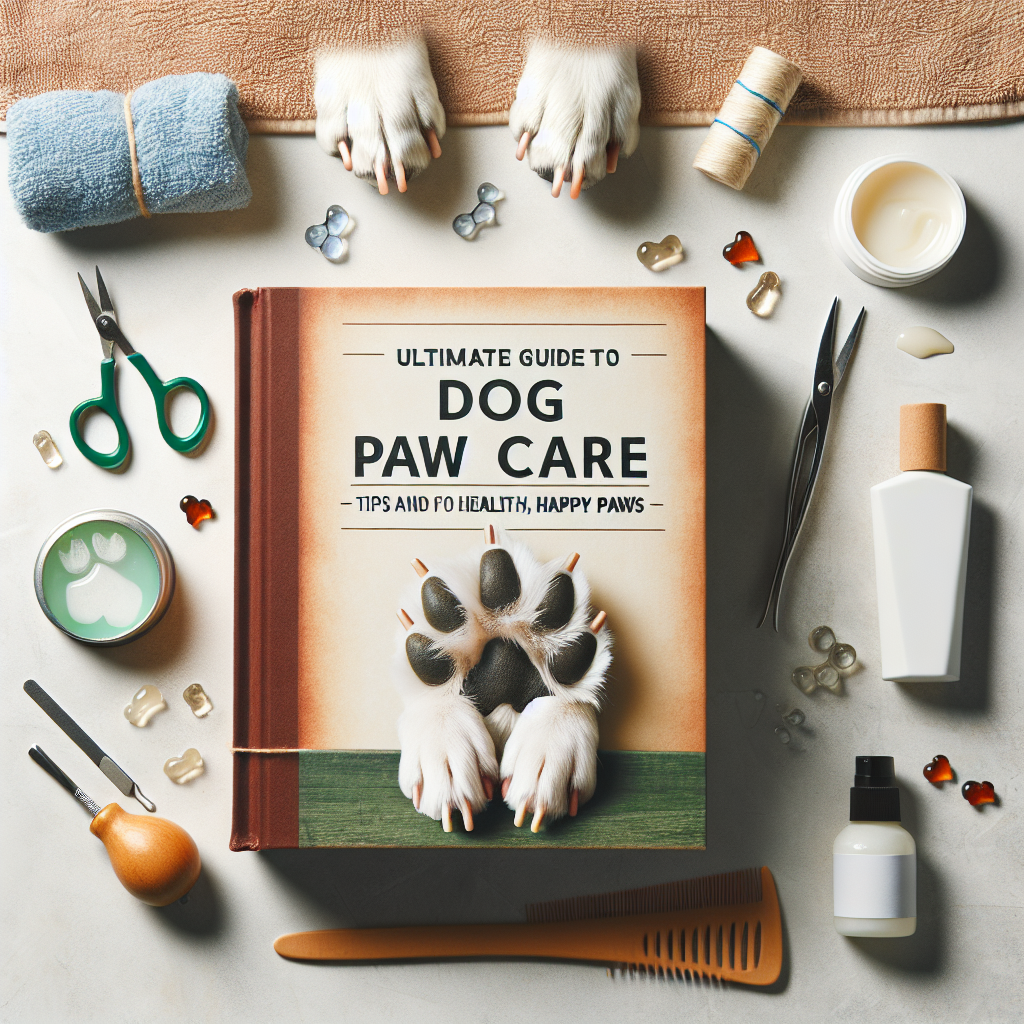
In the evolving landscape of pet care, dietary choices have gained paramount importance for ensuring our furry friends’ health and longevity. An increasing number of pet owners are making informed decisions to switch to grain-free dog food as they seek healthier, more tailored nutrition for their companions. The year 2024 marks a significant shift in this trend, with a growing awareness of the benefits associated with grain-free diets for dogs. This comprehensive article delves into the top benefits of grain-free dog food, explaining the reasons behind its rising popularity and offering insights into making an informed dietary switch for your canine.
1. Understanding Grain-Free Dog Food
Grain-free dog food is formulated without common grains like wheat, corn, barley, and rice. Instead, it uses alternative carbohydrate sources such as potatoes, peas, lentils, and sweet potatoes. This form of dog food is designed to mimic the ancestral diet of canines, focusing on high-protein and low-carbohydrate content, closely aligning with what dogs would naturally consume in the wild.
1.1 The Premise of Grain-Free Diets
The primary ideology behind grain-free diets is that dogs’ digestive systems are more efficient at processing proteins and fats than high quantities of carbohydrates. The anatomy and physiology of a dog’s digestive system are better suited to break down and absorb nutrients from meat rather than grains, which can sometimes lead to sensitivities and health issues.
2. Top Benefits of Grain-Free Dog Food
2.1 Improved Digestion and Reduced Allergies
One of the most compelling benefits of grain-free dog food is its potential to improve digestion and reduce food-related allergies. Many grains can be difficult for dogs to digest, causing gastrointestinal distress, such as bloating, gas, and diarrhea.
-
- Digestive Efficiency: Dogs naturally produce limited amylase, an enzyme required to break down starches. Grain-free food relies on alternative carbohydrates that are easier on the digestive system.
-
- Reduced Allergy Triggers: Grains like wheat and corn are common allergens. By eliminating these ingredients, grain-free diets can help alleviate symptoms such as itching, skin irritations, and ear infections.
2.2 Enhanced Nutrient Absorption
Grain-free dog foods often have a higher percentage of protein and essential nutrients that align closely with a dog’s nutritional needs.
-
- Bioavailability: Proteins derived from meat sources are more bioavailable, meaning they are absorbed more efficiently by the body.
-
- Balanced Nutrition: Grain-free recipes are generally balanced with high-quality vegetables and fruits, offering an abundance of vitamins, minerals, and antioxidants.
2.3 Healthier Skin and Coat
Healthy skin and a shiny coat are markers of a dog’s overall well-being. Grain-free dog food contributes significantly to this aspect of canine health.
-
- Omega Fatty Acids: Many grain-free dog foods are rich in omega-3 and omega-6 fatty acids, essential for maintaining healthy skin and a glossy coat.
-
- Reduced Irritation: By eliminating common allergens found in grains, grain-free diets help minimize skin issues, resulting in fewer hot spots and less scratching.
2.4 Weight Management and Muscle Maintenance
Maintaining a healthy weight and strong muscles is crucial for a dog’s longevity and quality of life.
-
- Lean Proteins: Grain-free dog foods are typically higher in lean meat proteins, which are fundamental for building and maintaining muscle mass.
-
- Reduced Carbohydrates: Lower carbohydrate levels help prevent weight gain, which is particularly important for dogs prone to obesity or those with a sedentary lifestyle.
2.5 Increased Energy Levels
The quality of ingredients in grain-free dog food can lead to improved energy levels, vitality, and overall zest for life.
-
- Steady Energy Release: High-protein and moderate-fat content in grain-free diets provides a more stable and sustained energy release throughout the day.
-
- Natural Ingredients: The use of wholesome, natural ingredients ensures that dogs receive the essential nutrients needed for optimal energy metabolism.
2.6 Potential for Longer Lifespan
A diet that closely mimics a dog’s natural eating habits can contribute to a longer, healthier life.
-
- Comprehensive Nutrition: Grain-free dog foods are often designed to provide all-encompassing nutrition, aiding in the prevention of various diet-related diseases and conditions.
-
- Disease Prevention: By minimizing digestive issues, reducing allergy symptoms, and contributing to better weight control, grain-free diets can be instrumental in enhancing overall health and longevity.
3. Addressing Concerns and Criticisms
Despite its benefits, grain-free dog food has faced some criticism and skepticism. It’s essential to understand and address these concerns to make an informed decision.
3.1 DCM (Dilated Cardiomyopathy) Concerns
In recent years, there have been concerns linking grain-free diets to an increased risk of DCM, a heart condition. However, it’s worth noting that research is ongoing, and findings are not yet conclusive.
-
- Quality of Ingredients: The role of ingredient quality and balance cannot be overstated. High-quality, well-balanced grain-free diets are less likely to be problematic.
-
- Veterinary Guidance: Consulting with a veterinarian can help mitigate risks and ensure that a chosen grain-free diet meets all nutritional requirements.
3.2 Cost Considerations
Grain-free dog foods tend to be more expensive than their grain-inclusive counterparts, which can be a significant factor for pet owners.
-
- Value for Money: While initially more costly, the potential health benefits and savings on veterinary care over time can justify the expense.
-
- Homemade Diets: For those on a budget, preparing homemade grain-free meals can be a viable alternative, though it requires careful planning to ensure nutritional adequacy.
3.3 Individual Variability
Not all dogs will thrive on a grain-free diet, as individual needs and tolerances vary.
-
- Tailored Diets: Each dog is unique, and their diet should reflect their specific needs, activity levels, and health conditions.
-
- Trial and Error: It may take some experimenting with different formulas to find the one that suits your dog’s palate and health best.
4. Making the Switch: Practical Steps for Transitioning to Grain-Free Dog Food
Switching to grain-free dog food should be a gradual process to avoid gastrointestinal distress.
4.1 Gradual Transition
Introduce the new food gradually over a 7-10 day period by mixing increasing amounts of grain-free food with the current food.
-
- Days 1-2: Mix 25% grain-free food with 75% current food.
-
- Days 3-5: Increase to 50% grain-free food and 50% current food.
-
- Days 6-7: Use 75% grain-free food and 25% current food.
-
- Day 8 and beyond: Switch to 100% grain-free food.
4.2 Monitoring and Adjustments
Closely monitor your dog for any signs of digestive upset or allergic reactions during the transition period.
-
- Observe Stool Quality: Changes in stool consistency can indicate how well your dog is adjusting to the new diet.
-
- Check Skin and Coat: Improved skin condition and coat quality are positive signs of a successful transition.
-
- Energy Levels: Increased vitality and reduced sluggishness are indicators of improved overall health.
4.3 Consulting Your Veterinarian
Regular consultations with your veterinarian are crucial when making any significant dietary changes.
-
- Nutritional Adequacy: Ensure the chosen grain-free diet meets all nutritional requirements for your dog’s age, size, and health condition.
-
- Health Monitoring: Regular check-ups can help track your dog’s health progress and address any issues promptly.
5. Selecting the Right Grain-Free Dog Food
With an abundance of grain-free dog food options available, selecting the right one can be daunting. Consider the following factors:
5.1 Ingredient Quality
High-quality, whole food ingredients are integral to a healthy, grain-free diet.
-
- Meat as the Primary Ingredient: Look for foods that list a high-quality, identifiable meat source as the first ingredient.
-
- Limited Fillers: Avoid foods with excessive fillers, artificial additives, and preservatives.
5.2 Brand Reputation
Choose brands with a solid reputation for quality and transparency.
-
- Company Transparency: Brands that provide transparent sourcing and manufacturing details are typically more trustworthy.
-
- Customer Reviews: Positive feedback from other pet owners can provide valuable insights into the effectiveness and palatability of the food.
5.3 Nutritional Balance
Ensure the food offers a well-rounded balance of proteins, fats, and carbohydrates, along with essential vitamins and minerals.
-
- AAFCO Certification: Look for the AAFCO (Association of American Feed Control Officials) statement indicating that the food meets minimum nutritional requirements.
-
- Comprehensive Formulas: Opt for formulas that include a rich mix of vegetables, fruits, and other nutritious ingredients.
6. Personal Success Stories and Testimonials
Hearing from other pet owners who have successfully switched to grain-free diets can be encouraging and informative.
6.1 Case Studies
-
- Buddy’s Transformation: Buddy, a 5-year-old Labrador, suffered from chronic skin issues and digestive problems. Switching to a grain-free diet resulted in significant improvements in his skin condition and overall health.
-
- Luna’s Energy Boost: Luna, a 3-year-old Border Collie, experienced a noticeable boost in energy levels and athletic performance after her owner transitioned her to grain-free dog food.
6.2 Social Media and Forums
Exploring social media groups and online forums can provide a wealth of shared experiences and recommendations.
-
- Facebook Groups: Join communities dedicated to grain-free dog diets to seek advice and share your journey.
-
- Pet Blogs: Follow pet blogs that focus on natural and grain-free diets for insights and tips.
Conclusion
The switch to grain-free dog food is driven by a host of compelling benefits, from improved digestion and reduced allergies to enhanced nutrient absorption and overall health. While the transition requires careful consideration and gradual implementation, the potential rewards for your canine companion’s health and well-being are significant. As we embark on 2024, the trend towards grain-free dog food reflects a conscientious effort by pet owners to provide the best possible nutrition for their beloved dogs. By understanding the advantages, addressing concerns, and making informed choices, you can ensure your dog’s diet supports a long, healthy, and vibrant life.
#ChatGPT assisted in the creation of this article.




